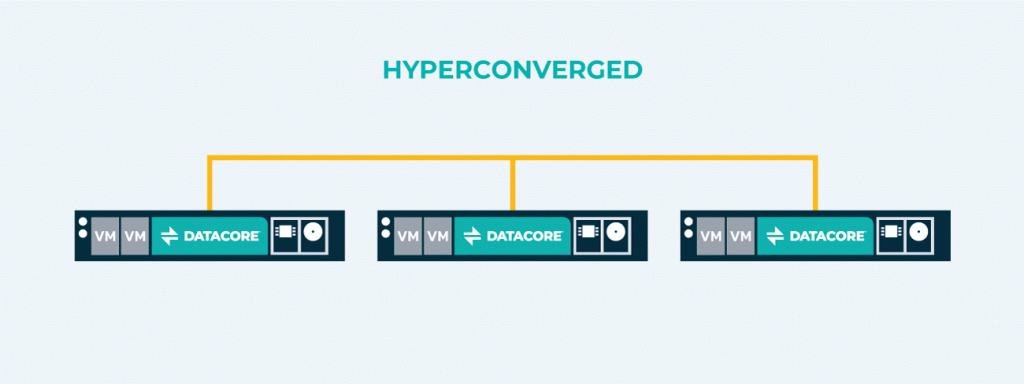The honeymoon is over for hyperconvergence. As hyperconverged infrastructure (HCI) technologies reach a more mature state after a few years of deployment, some users are disillusioned. They are starting to realize that HCI systems have become an additional silo rather than the panacea they promised to be. While proving valuable for specific use cases like edge computing and VDI, as well as applications that can work in isolation, HCI has not turned out to be the “be all end all” for IT.
Nonetheless, HCI systems are simpler to manage and deploy than other storage options. They can make life easier for IT administrators when they are the right tool for the job. In order to know if HCI is right for you, it is important to understand the different architectures available in HCI and the benefits and tradeoffs of each.
For example, many HCI systems use erasure coding to expand to multiple nodes, which can be effective for large clusters, especially if performance is not the top concern. This architecture can be effective for replacing older hardware for standard applications that don’t have specific performance requirements.
A different type of HCI system uses synchronous mirroring, which enables simpler, 2-node, highly available deployments, and higher performance. These are ideal for workloads such as tier-1 applications that require high-performance databases, as well as remote office/branch office (ROBO) and edge deployments.

HCI systems are here to stay, and can be a powerful tool for most IT environments. But, as with most tools, they must be used for the right job.
Interested in learning more about HCI? Check out DataCore’s HCI Flex appliance.